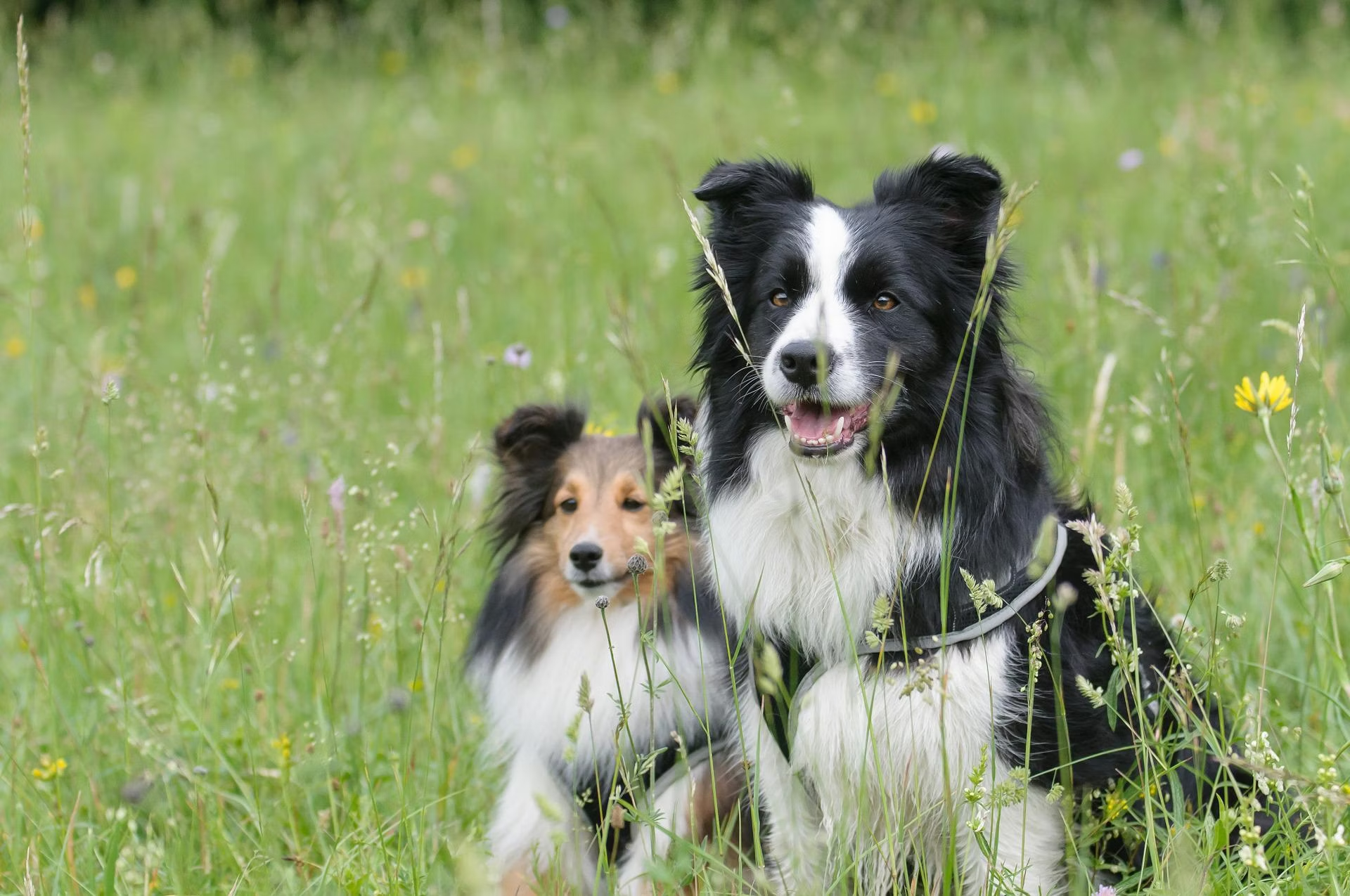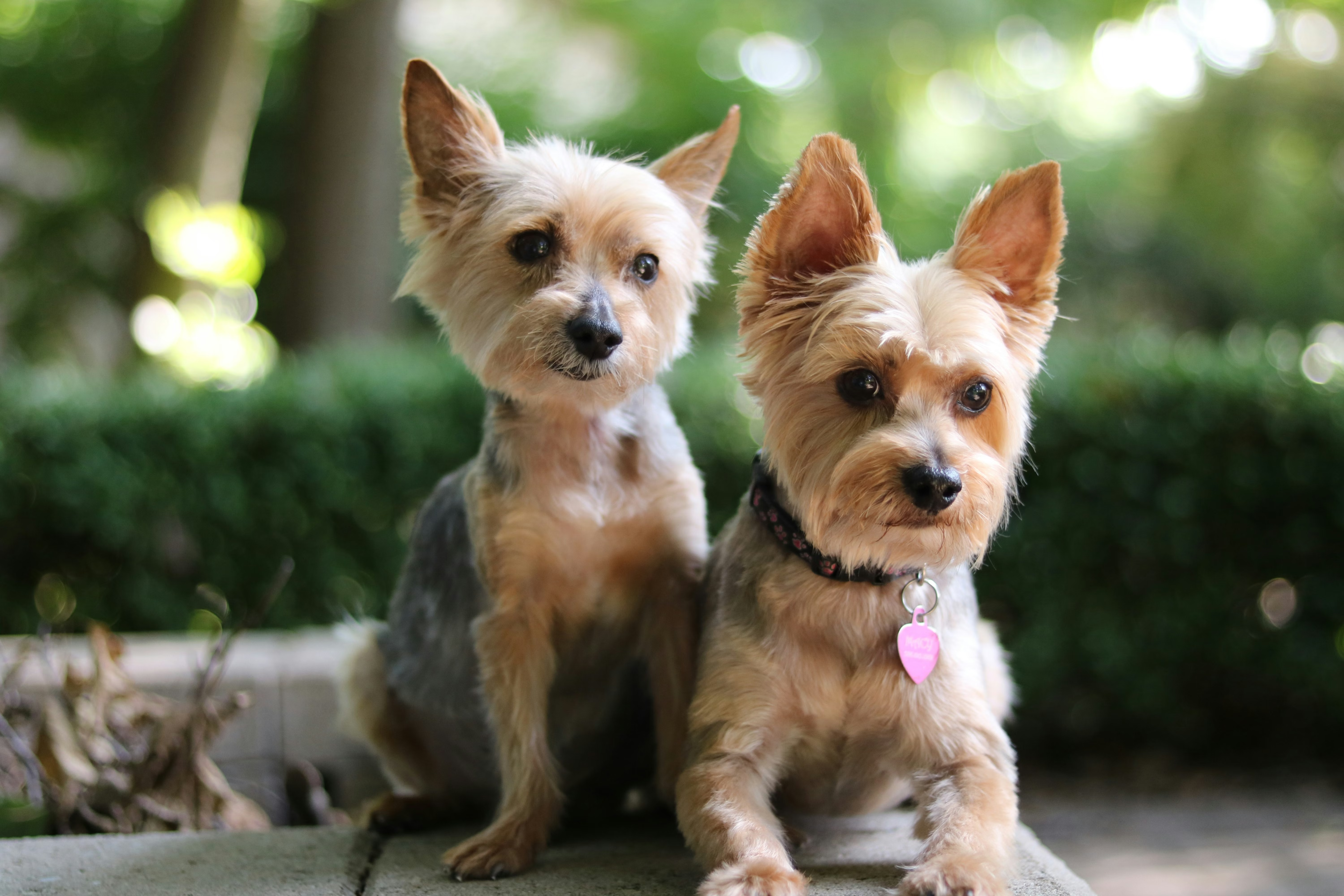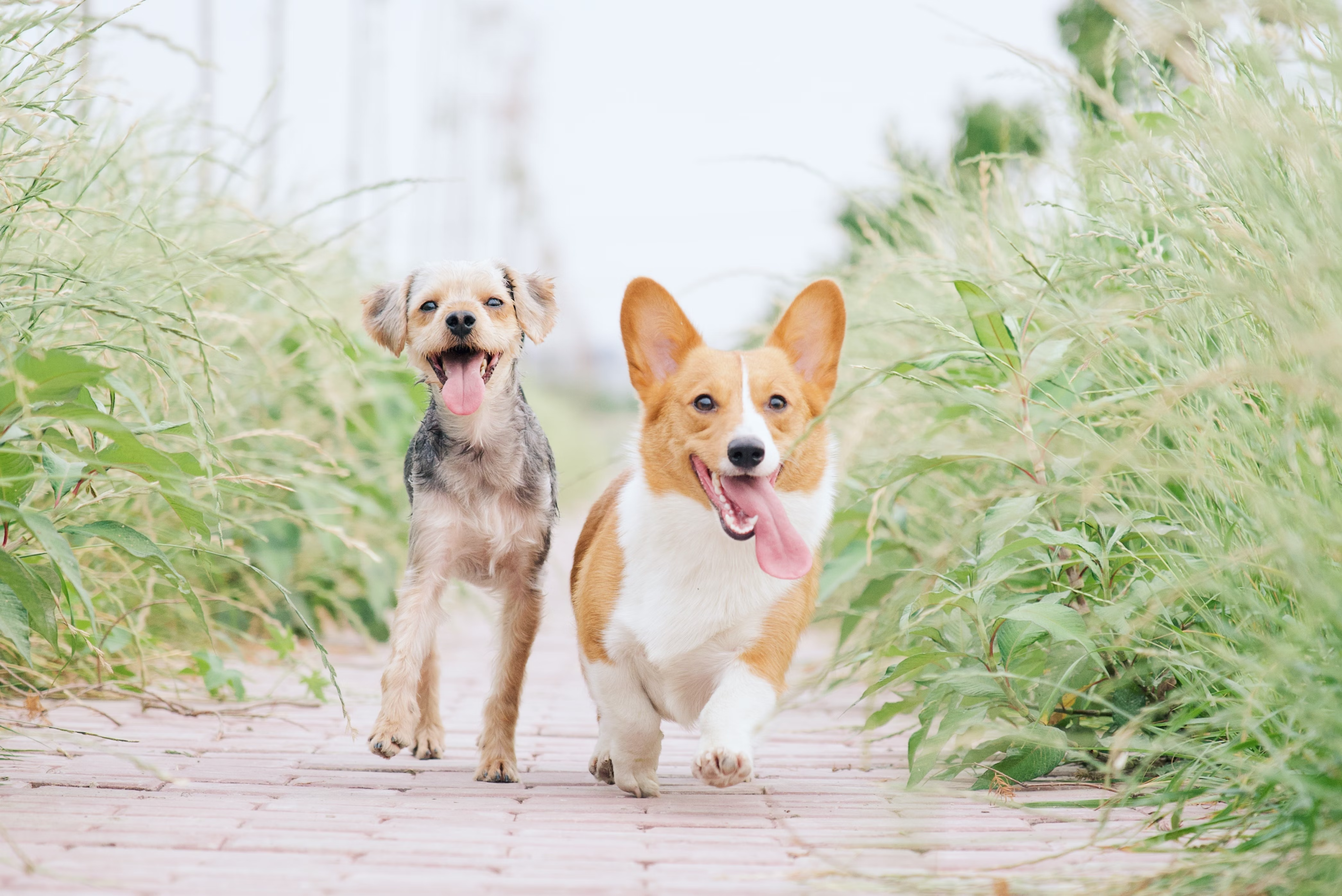When people hear the word "terrier," images of small, scruffy dogs often come to mind. While there are plenty of terriers that fit that description, the terrier breed group is incredibly diverse. They vary significantly in size and physical characteristics, but they also have plenty in common. So let’s take a look at this group of dogs that has been both a tenacious worker and loyal companion for hundreds of years.
Terrier background
Terriers are purpose-bred dogs that can mostly be traced back to the British Isles. The word "terrier" comes from the Latin word "terra," meaning earth. This is an apt name, as early terriers were primarily used for pest control, rooting out rats and other vermin from above or below ground.
Over time, different terrier breeds were developed to fulfill other jobs. Some terrier breeds’ hunting skills extended to ducks, rabbits, otters, and badgers. Other larger terriers worked as herding dogs, guard dogs, and—in the case of the Airedale Terrier—messengers in the British Armed Forces.
Though people do still hunt with terriers today, they are also popular pets for those seeking loyalty and a spirited personality.
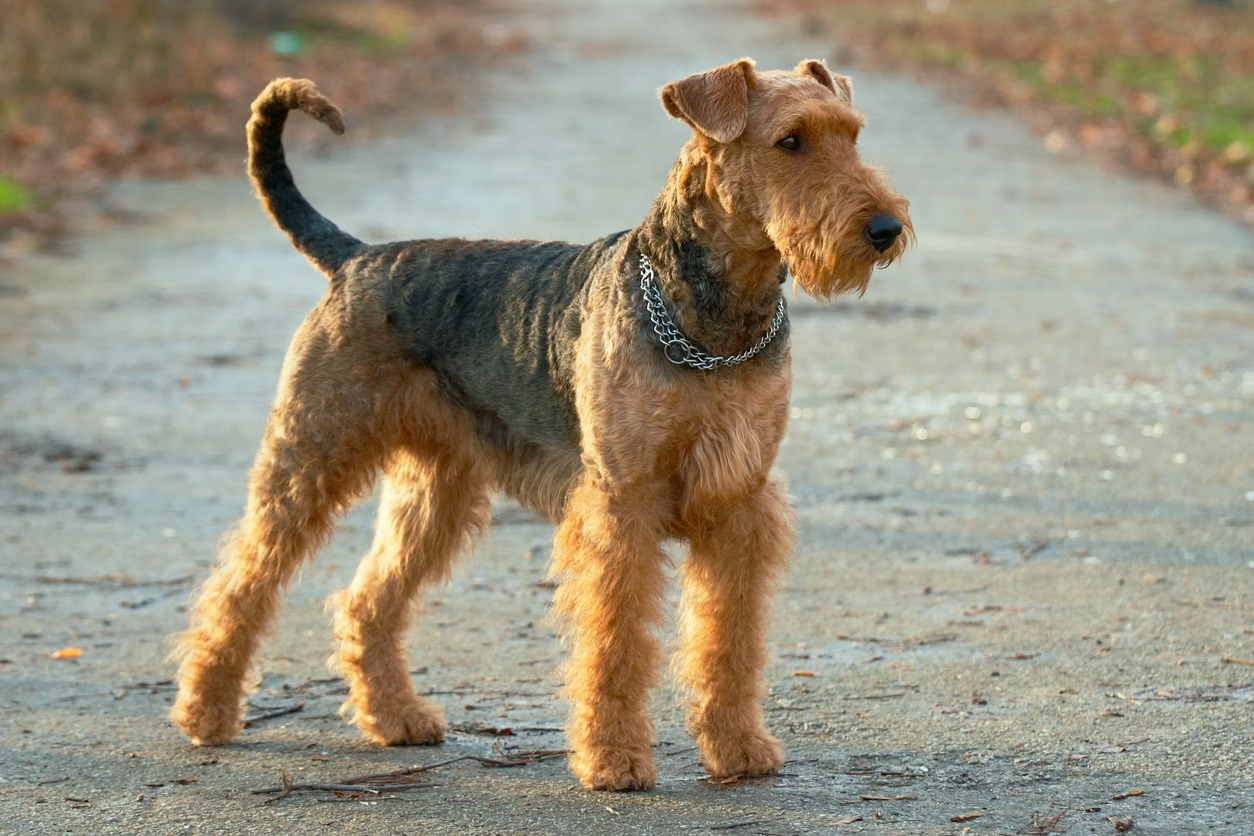
Physical terrier characteristics
Terriers come in all shapes and sizes, from the tiny Yorkshire Terrier to the Kerry Blue Terrier. Their size and body composition is the result of selective breeding based on the jobs they were intended to do. For example, many terrier breeds have a compact body that allows them to squeeze through tight spaces during a hunt. Regardless of their size, all but the toy terriers tend to have sturdy bodies, often with shorter legs.They also typically have prick ears or high-set folded ears, giving them an appearance of alertness.
There’s quite a bit of variety in coat characteristics as well. Terriers bred to work in warmer climates tend to have smooth coats and faces, while those working in harsh climates gain protection from rough or wire-haired coat types. Many terriers also have furnishings, seen as beards and eyebrows. However, terriers aren’t the only breeds to display this coat trait. German Wirehaired Pointers, Portuguese Water Dogs, and Poodles are other examples of breeds that have adorable furnishings.
Terrier temperament
Terriers are best known as energetic and feisty dogs. They are tenacious, fearless, strong-willed, and often like to tell you what they think with lots of vocalization—perfect for dogs bred to be as tough and independent as the prey they hunt. However, sometimes their assertive attitude can veer toward stubbornness if they are not consistently trained.
Still, terriers aren’t all about the hunt. Many pet parents love terrier breeds for their playfulness and loyalty. They can be fun-loving dogs that develop strong bonds with their people and enjoy participating in family activities.
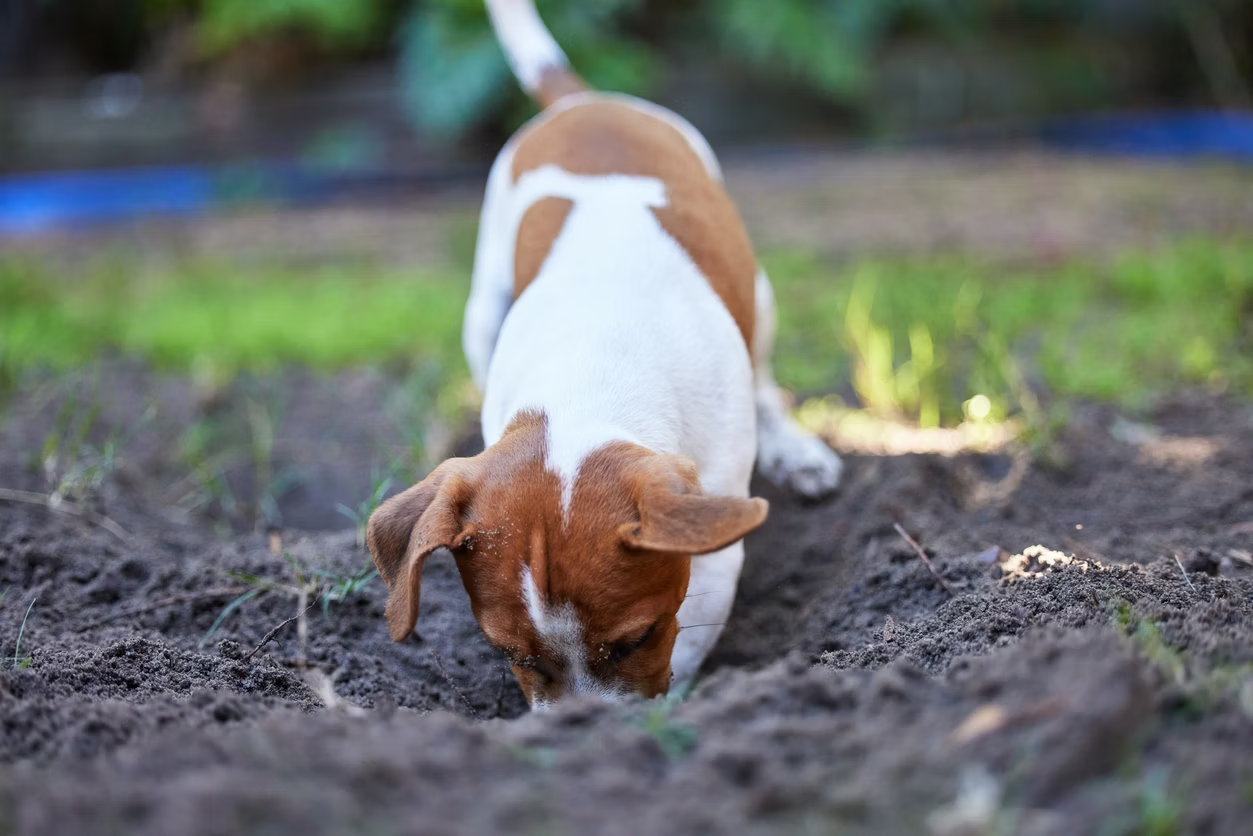
Terrier behavior
One of the most notable terrier traits is their strong prey drive. Since they were originally bred to hunt vermin and small quarry, they are quick to chase anything that moves, whether that’s a squirrel in the yard or a toy in the living room. This prey drive is often accompanied by a love of digging. Many terriers will happily excavate a garden or try to burrow under a fence, mimicking the behaviors their ancestors used to flush out underground animals.
Terriers are also excellent problem solvers. They don’t give up easily when faced with a challenge, whether it’s a puzzle toy or a fenced-off area they want to explore. This combination of intelligence and persistence can be both endearing and challenging for pet parents, and requires careful training to channel their energy in appropriate ways.
How to care for a terrier
Terriers are smart pups that require both mental stimulation and physical exercise to stay happy. Without sufficient outlets for their energy, they can become bored or even destructive. Regular walks, play sessions, and interactive toys can help them burn off energy and keep their minds engaged. Many terrier breeds also enjoy dog sports like earth dog, barn hunts, agility, and canine freestyle.
Because they can be independent and sometimes stubborn, early socialization and consistent training are key to a well-behaved terrier. Positive reinforcement methods work best, as terriers respond well to rewards and praise. Harsh techniques can cause them to dig in their heels and make training more challenging.
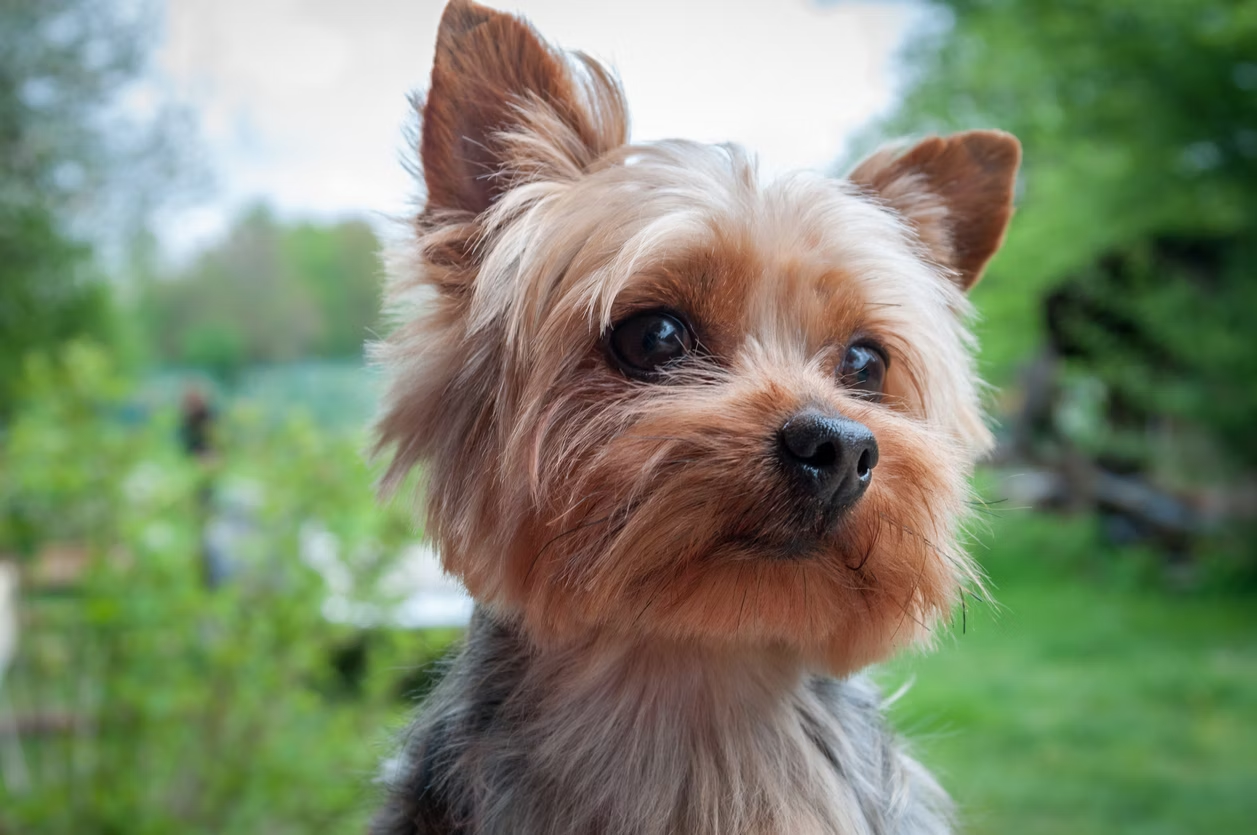
Popular terrier breeds
There are dozens of breeds within the terrier group. Here are a few of the most popular pups.
- Russell Terrier
Also known as the Jack Russell, this cheerful breed is known for boundless enthusiasm and intelligence. They love entertaining people and excel at activities like agility and obedience trials. - Yorkshire Terrier
A pint-sized terrier with a long, silky coat, the Yorkie is a charming, playful breed. But despite their small size, they are fearless when it comes to looking after their beloved family members. - Cairn Terrier
If you’ve seen Toto from The Wizard of Oz, you’ve seen a Cairn Terrier. These happy, brave dogs love getting attention from their humans and typically get along well with polite children. - Airedale Terrier
Also known as the king of terriers, the Airedale is the largest terrier breed. They are jolly pups known for their social, adaptable nature. - Dachshund
Dachshunds are spunky dogs with big personalities, and have many terrier characteristics. They come in three different sizes, three different coat types, and many colors—but are best known for their long bodies and short legs. - Scottish Terrier
Scotties are devoted, affectionate dogs with an almost human-like charm. They are loyal to their families and make excellent companions. - Soft Coated Wheaten Terrier
Wheaten Terriers are gentle, loyal pups that are often good with kids and make dependable watchdogs. These all-purpose farm dogs also have an excellent work ethic. - Miniature Pinscher
The Min Pin is an active people-pleaser that likes to entertain their humans with their antics. They are loyal pups that make excellent companions and, when properly trained, therapy pets. - Miniature Schnauzer
The Miniature Schnauzer is a devoted, affectionate breed with a watchful nature. They are good-natured dogs and friendly family pets. - Border Terrier
Border Terriers are happy-go-lucky, social dogs that are typically good with kids and other pets. They love entertaining their humans and make affectionate, loyal companions.
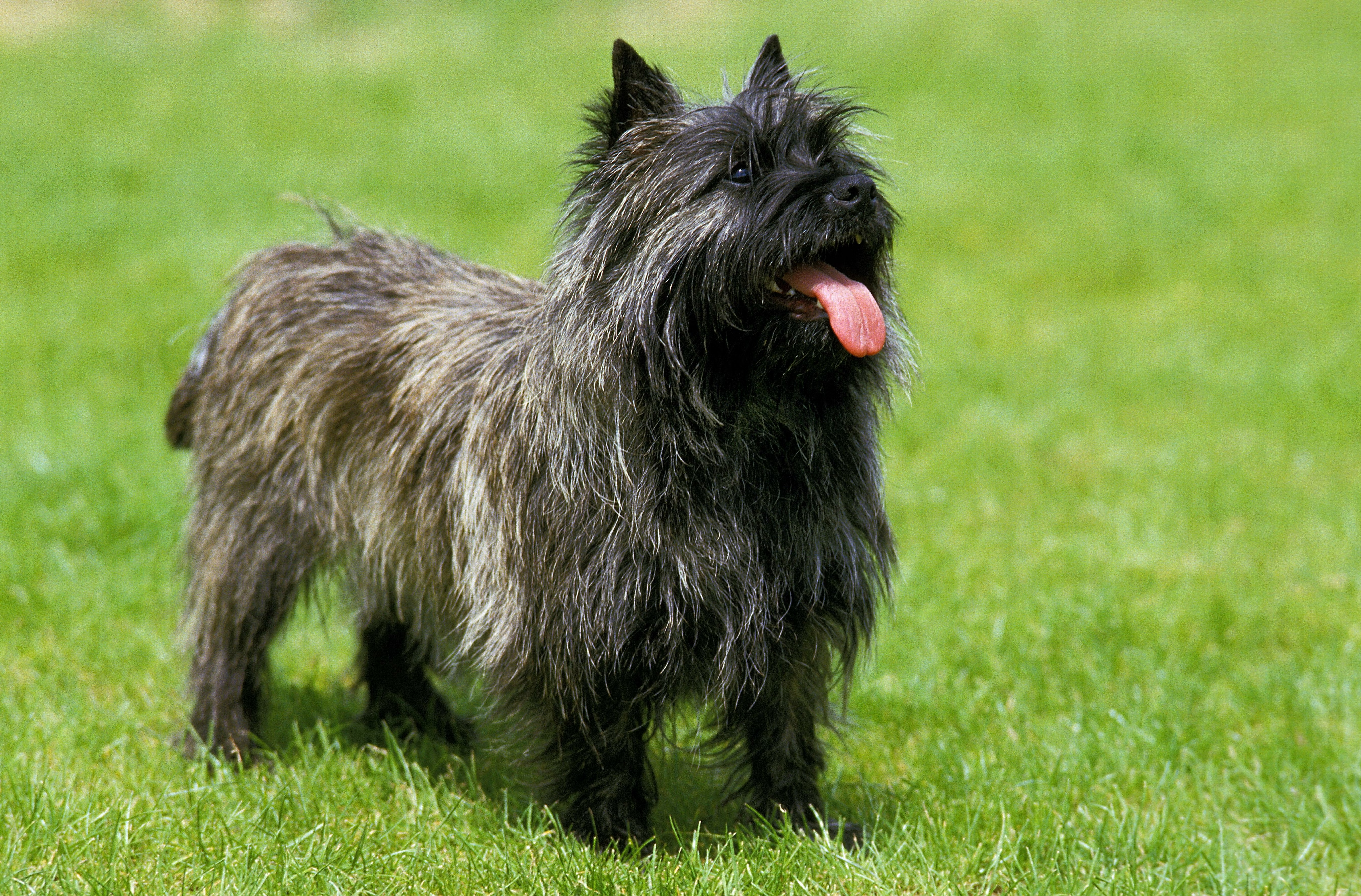
Understanding the terrier breed group classification
If you browse the Wisdom Panel dog breed library, you may notice several popular breeds that have "terrier" in the name, but aren’t listed in the terrier breed group. Examples include the American Pit Bull Terrier, Boston Terrier, and Bull Terrier. That’s because breeds like this are what’s known as "bull and terrier" breeds. They do have terrier in their ancestry (and in some cases have retained the word in their breed name) but genetically have more in common with the guard dog breed group.
The categorizations Wisdom Panel uses differs from what registries like the AKC and FCI use. Kennel clubs typically group dog breeds based on Victorian-era conceptions of breed use and origin rather than ongoing genetic analysis. To identify which breeds fall within the terrier group, Wisdom Panel looks at the frequency of genetic markers within large populations of dogs.
Final thoughts
Terriers are a diverse and dynamic group, full of personality and energy. Whether you’re drawn to their history as fearless hunters or their loyalty as companions, with proper care, training, and attention, terriers can make fantastic pets and add a dose of joy to your home.

